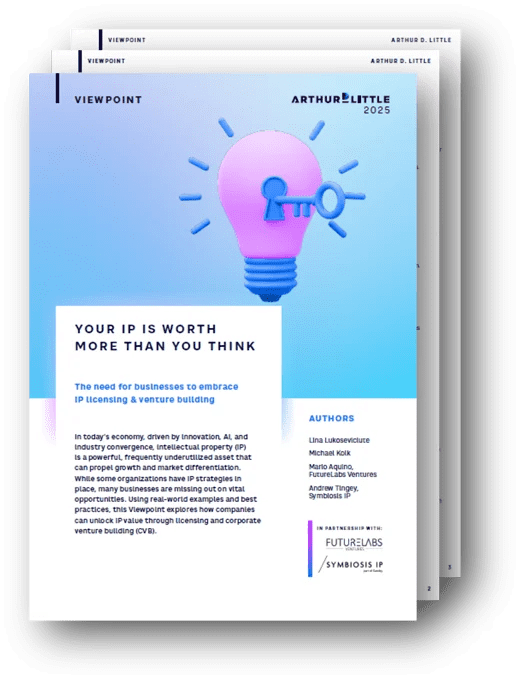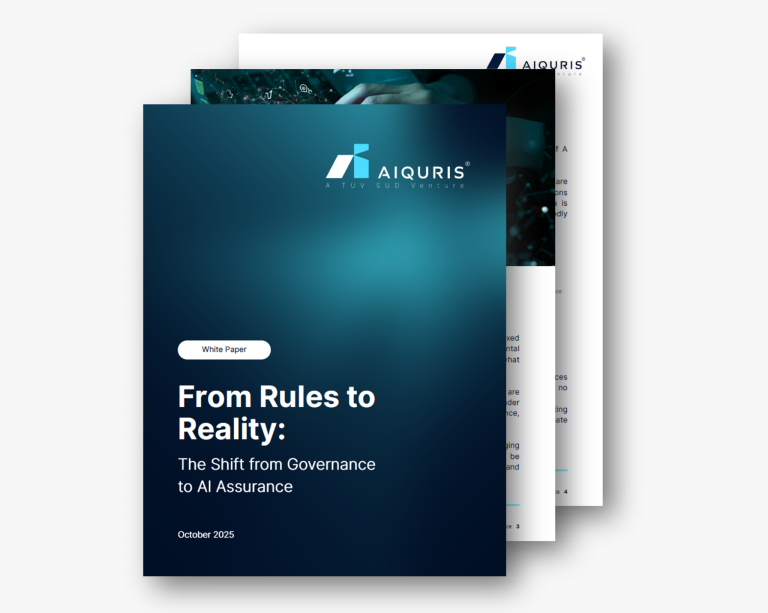The countdown is on. From August 2026, the EU AI Act will be fully enforced. What still feels theoretical today will, in twelve months, become a defining moment for any organisation developing, using or integrating AI systems. Non-compliance can lead to fines of up to €35 million or 7 per cent of global turnover. Those who wait until 2026 to prepare will already be too late.
Audit-readiness cannot be achieved in a few weeks. It requires preparation, structure and a clear plan.
The EU AI Act is coming. But who is actually prepared?
The EU AI Act is the first comprehensive legal framework regulating the use of artificial intelligence. It classifies AI systems by risk level: minimal, limited and high. Systems that pose an unacceptable risk, such as social scoring or the detection of manipulative behaviour, will be completely banned. Clear and binding requirements apply to high-risk use cases:
- Risk assessment
- Documentation
- Traceability
- Human oversight
- Safety and robustness
Crucially, these obligations do not apply only to AI providers. Any organisation buying or integrating AI systems must also meet these requirements. This is where the challenge begins.
Where companies really stand today
In conversations with clients, we hear the same questions again and again:
- How does the EU AI Act classify our AI projects, and what are the practical implications for us?
- Who is responsible internally?
- Do we already have traceable documentation in place?
- How can we provide evidence that holds up under scrutiny?
Many companies are willing to take action. But what they lack is structure. In most cases, tools are fragmented, responsibilities are unclear, and governance is scattered. There is no unified view.
What companies need now
AI governance is not a spreadsheet. And the EU AI Act is not a checklist. Organisations need clear, practical answers that are tailored to each AI use case, each team and each phase of the AI lifecycle.
AIQURIS translates regulatory complexity into actionable, verifiable steps. Our platform identifies more than 200 types of AI risk, maps them to the relevant use case and automatically generates the corresponding requirements. These are aligned with international standards such as ISO 42001, the EU AI Act itself, sector-specific obligations and internal policies.
The result is a structured roadmap for all stakeholders. Whether compliance, IT, legal, procurement or management, everyone knows exactly what to do. From first project briefing to final audit.
The EU AI Act as a competitive advantage
Being prepared means more than ticking a box. It builds trust. Among customers. Among regulators. Among investors and internal decision-makers.
Organisations that take structured action now save time, reduce costly rework and scale their AI programmes with greater confidence and speed.
Conclusion: If you want to use AI safely, now is the time to act
Governance does not begin with an audit. It begins with clarity. The EU AI Act is coming. The only question is whether your organisation is ready.
With AIQURIS, you are.
We help you identify risks, implement the right requirements and deliver evidence that stands up to scrutiny.


